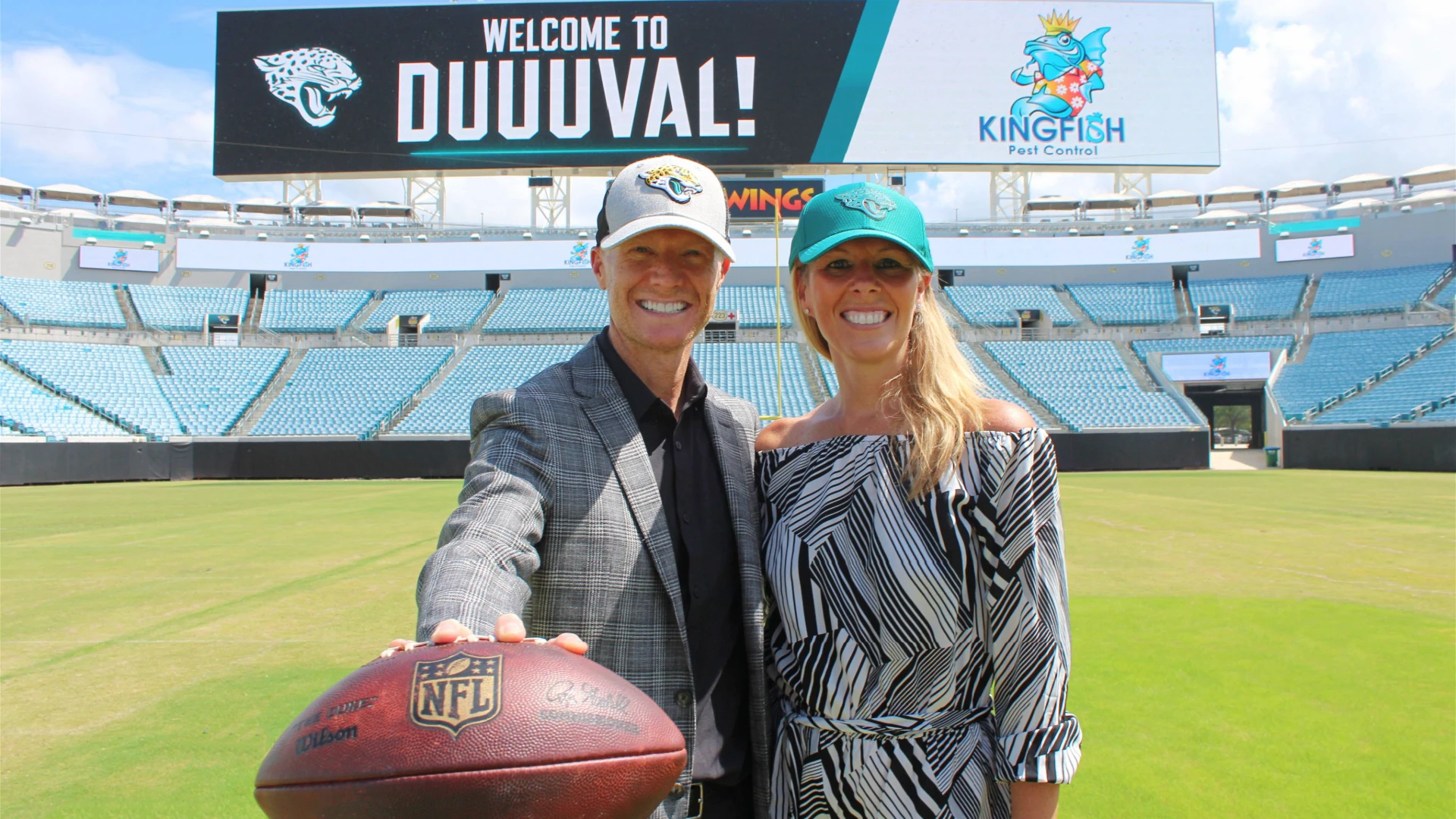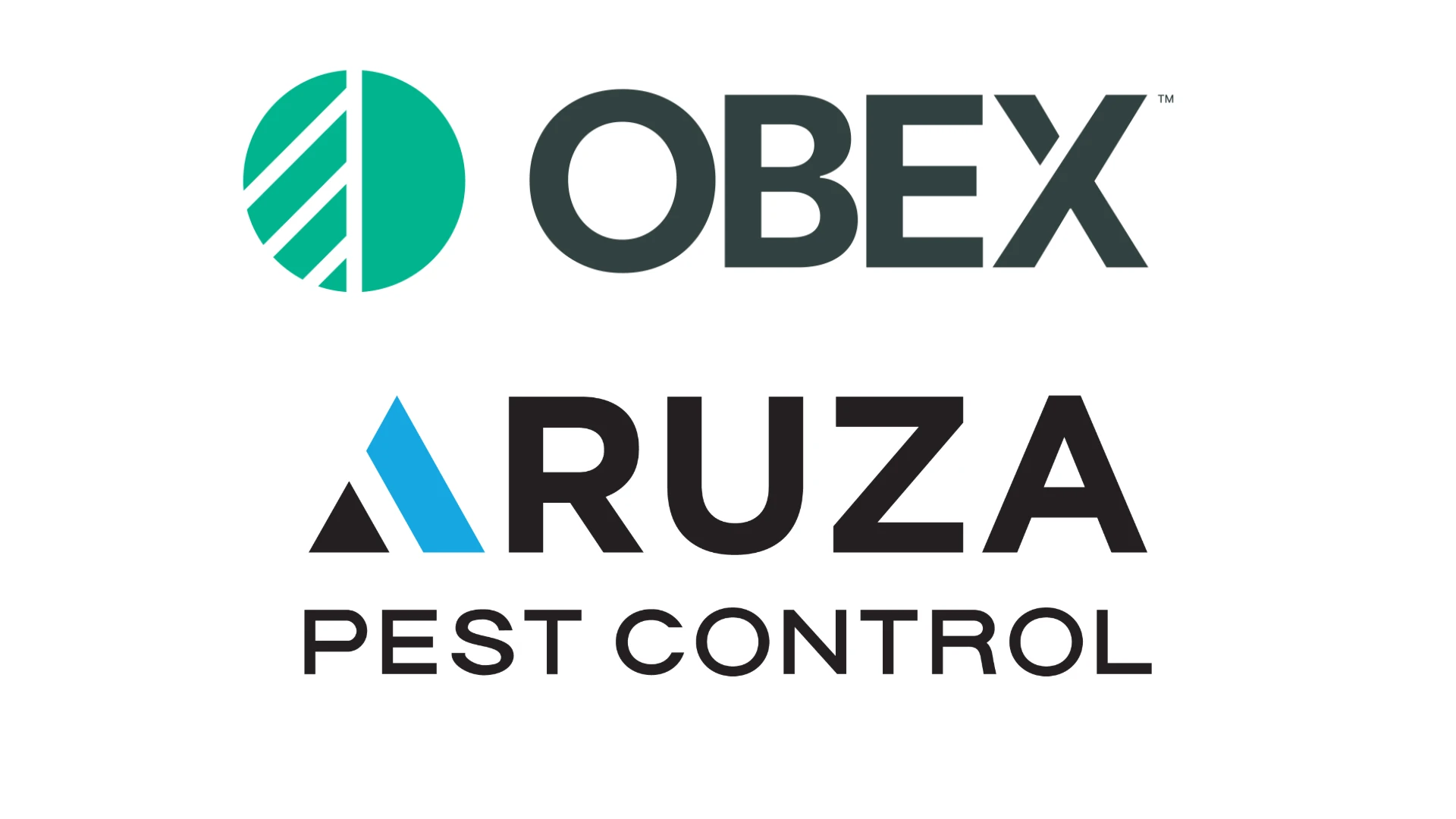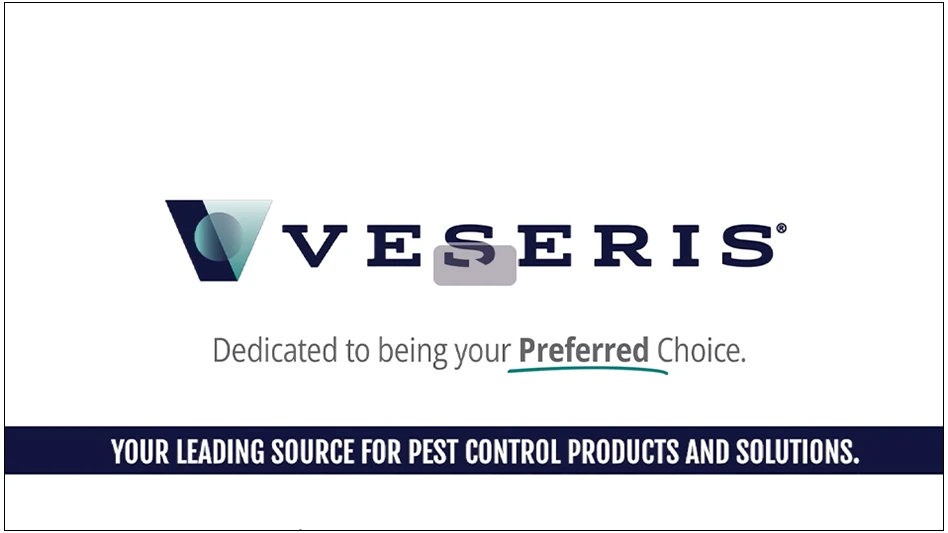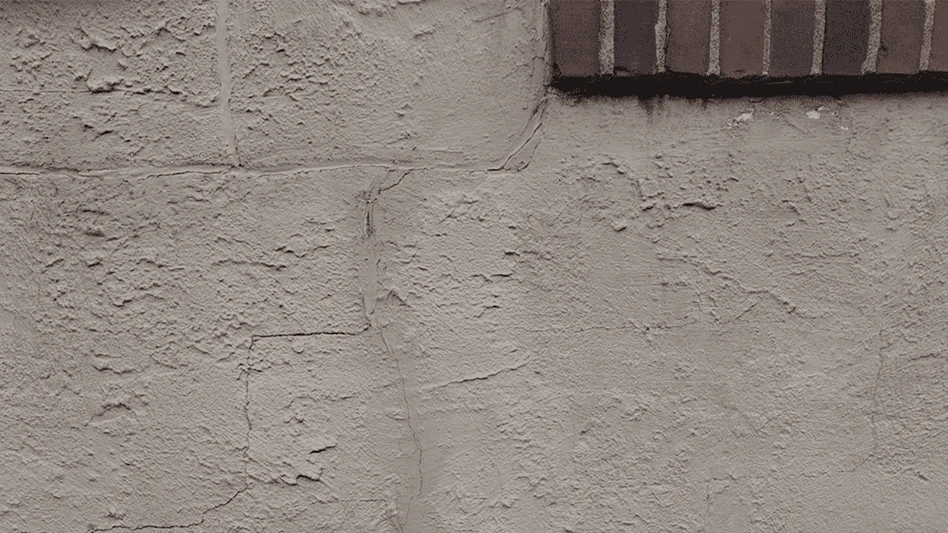Managing ants in the urban environment presents a significant challenge to both pest management professionals and homeowners. Nationwide, ants consistently rank at the top of household pests for the structural pest control industry. In California more than 50 percent of homeowners have attempted to control ants by applying insecticides (Flint 2003), and in Georgia 76 percent of homeowners reported treating their yards for red imported fire ants (Varlamoff et al. 2001). However, PMPs and homeowners achieve far different levels of ant control. For example, a survey of an infested neighborhood in San Bernardino, Calif., indicated that about 70 percent of the residents did their own ant control, 20 percent hired a PMP and 10 percent did nothing to control ants (Field and Klotz 2008). Of the homeowners that did their own ant control, about 10 percent achieved complete or almost complete control, in contrast to the 60 percent success rate among those who ultimately hired a PMP.
A number of factors may contribute to the PMP’s higher success rate, but training and superior control products are undoubtedly two of the primary reasons. Another critical factor that can often mean the difference between success and failure is the homeowner’s willingness to cooperate with the PMP in implementing control measures. While it is the responsibility of the PMP to educate the homeowner on conditions conducive to infestation and the measures needed to alleviate a problem, it is the home-
owner who needs to follow through on these recommendations.
Urban Pest Ants. Surveys conducted by the authors show significant regional differences in species of structural pest ants (see table on page 123). The varied climate of California supports a different complex of pest species from that found in the arid desert environment of Arizona and the humid tropical and subtropical climates of Florida.
CALIFORNIA Of the approximately 281 species of ants in California (Ward 2005), a few dozen are found associated with human structures. Twenty-two species are not native. The most economically important pest species are Argentine ants and red imported fire ants, which originated in South America and were inadvertently introduced into the United States when they were offloaded with cargo or ballast from ships docking in southern ports. Once established, these invasive species then spread aggressively into the surrounding environment, out-competing and displacing native ant species. Interstate travel and trade have facilitated their transfer to other locations so that currently these ants can be found in various locations from coast to coast. Argentine ants were first detected in California in the early 1900s. Urban infestations of the red imported fire ant, however, were not detected in California until 1998 in Orange County, several years after the previously mentioned survey was completed.
The primary urban pest in California is the Argentine ant. Its incidence, however, varies widely across the state’s diverse landscape. It makes up 85 percent of the ants collected by PMPs in the Greater San Diego Area (Field et al. 2007) compared with 41.5 percent in the San Francisco and Monterey Bay Area (Knight and Rust 1990) and none in the San Bernardino Mountain communities.
ARIZONA The key pests collected by PMPs in Phoenix and Tucson were native species that included southern fire ants, harvester ants, leaf-cutting ants and Forelius pruinosus. These ants are commonly found in hot, arid environments. The leaf-cutting ant, Acromyrmex versicolor, generally nests in sandy regions, and F. pruinosus has a high temperature tolerance. PMPs have adapted their management strategies to accommodate these desert species. Baits, for example, are commonly used to control harvester ants and southern fire ants because of some very effective formulations that are available for these species.
FLORIDA Deyrup et al. (2000) reported 207 species of ants in Florida, 52 of which are exotic. The most common species collected by PMPs were the red imported fire ant, ghost ant, crazy ant, Florida carpenter ant and Pharaoh ant. The Pharaoh ant is primarily a pest in hospitals, bakeries, factories, offices and large domestic apartment blocks (Edwards 1986), but on occasion it shows up in households. Except for the Florida carpenter ant, these are tramp or invasive species that thrive in humid tropical and subtropical climates.
These surveys represent only snapshots in time of urban pest ants whose species makeup and their incidence is ever changing. For example, in Florida the pest status of the white-footed ant, Technomyrmex difficilis, and the bigheaded ant, Pheidole megacephala, has significantly increased since our 1993 survey (Warner and Scheffrahn 2007). The number of exotic ant species established in the United States is staggering and continues to rise. For example, 52 of the 207 species in Florida (25 percent) are exotic (Deyrup et al. 2000), as are 22 of the 281 species (8 percent) in California (Ward 2005).
Designing an IPM Program. Managing urban pest ants can be difficult even for the trained professional. Control strategies are tailored to the unique biology of each species, and therefore require that the species be correctly identified. Since many of these species are small and nondescript, identification may require a PMP or entomologist to use a taxonomic key (Klotz et al. 2008) and magnification. Once the ant has been identified, the next step is to design an IPM strategy for that species.
A primary consideration in any ant control program is preventing the ants from getting into the structure, as most homeowners are not alarmed until ants appear inside. Consider what physical or cultural changes may be recommended to the property owner as part of an overall control strategy to eliminate the problem. It would be ideal to link the completion of the noninsecticidal approaches that you expect the property owner to perform to the guarantee on your contract. Examples of the property owner’s responsibilities include:
• moving firewood away from the structure
• removing debris such as leaves and pine needles from the roof or gutters (see Fig. 1 on page 124)
• removing dead trees, stumps, landscaping timbers or branches
• reducing over watering by switching to drip irrigation and changing irrigation schedule
• removing pet foods after feeding
• caulking holes and cracks around window frames and cable lines, and weather-stripping doors
• cutting trees and shrubs away from the structure
• removing fallen fruit on a regular basis
• moving garbage containers away from the structure and maintaining regular disposal
• protecting hummingbird feeders so that they cannot be used as a food source by ants
• cleaning barbecue grills
• removing pet droppings
The above list is by no means all-inclusive, but it emphasizes that the property owner should be a partner in solving the ant problem. The pest control contract should include a diagram that designates the location of the problems that need to be addressed by the homeowner. Once these modifications have been communicated to the property owner, the next step is to decide if insecticides are necessary and how they will be applied. A very limited application may be all that is needed if the homeowner makes the recommended changes.
Pesticides and Ant Control. Typically, insecticide applications for ants include baits, dusts, residual sprays or granular treatments. Baits and dusts are often better alternatives for indoor treatments than are sprays. Baits are pesticides mixed with attractants such as food. Foraging ants bring them back to the colony. Foraging begins with scout ants leaving the nest on a meandering path in search of food. Once food is located, the scout collects or consumes some of it, depending on whether it is a solid or liquid, and then heads straight back to the nest. On its way back to the nest, the scout leaves a trail by depositing a chemical odor or pheromone. Inside the nest the scout shares the food with her nest mates, stimulating them in turn to leave the nest and follow the scout’s pheromone trail back to the resource. As long as food is available, homeward-bound ants will continue to reinforce the trail and recruit additional workers.
Some ant baits consisting of defatted corn grits and soybean oil (with the active ingredients of hydramethylnon, pyriproxifen or methoprene) are formulated for particular species such as fire ants or harvester ants. Other ant baits are sweet liquids, often containing disodium octaborate tetrahydrate or sodium tetraborate decahydrate, and are formulated to kill Argentine and odorous house ants. It is especially important that the baits do not kill the ants quickly so that they can carry it back to the nest. It is important that the PMP educate the homeowner about the need to allow ants to feed on the baits; likewise, homeowners should be taught to avoid applying any contact insecticides or disturbing the baits.
Baiting has become more popular in the past few years and can be an effective way to control some ant species. For example, a Pharaoh ant infestation inside a structure can usually be controlled using baits, thereby reducing any insecticide exposure to the occupants (Oi 2008). Outside baiting using gel or liquid baits can also be effective, but it is time consuming and labor intensive. Both crack-and-crevice and bait station applications of gel bait (thiamethoxam) have been very effective in reducing odorous house ant populations on and near structures (K. Vail, pers. comm., 2008). Most of the liquid baits contain sugar water as the attractant and a low concentration of toxicant. It may take weeks or months before total control is achieved. Therefore, it is critical to maintain a sufficient quantity of bait in the stations at all times or the ants will go elsewhere for food. Again it is essential for the PMP to transmit this information to the homeowner. Furthermore, where there is standing water or areas that are overwatered due to poorly managed irrigation systems, some ant species, especially Argentine ants, will use these alternate sources of water as a resource, thereby reducing their consumption of liquid bait.
Dusts containing boric acid, disodium octaborate tetrahydrate or desiccants (diatomaceous earth or silica gel) can be applied in exterior wall voids and attic spaces to prevent ants from moving into a structure, and they will remain active for years if kept dry (Hansen and Klotz 2005). In addition, dusts placed in a wall void minimize human exposure.
Interior spray treatments for most ant species are usually not necessary. However, PMPs can use chlorfenapyr indoors. Chlorfenapyr inside and fipronil outside have been very effective in reducing indoor and outdoor odorous house ant activity (K. Vail, pers. comm., 2008). The use of pyrethroids on either the exterior or interior of a structure for ant control is no longer recommended, due to the trapping effect of these products (Rust et al. 1996). The ants are rapidly killed by such barriers and may end up trapped inside the house, creating even more problems. Spot applications of pyrethroid sprays around entry points and along trails will prevent entry for several days, but typically they must be repeatedly applied.
For exterior applications, a non-repellent insecticide such as fipronil is highly effective as a spot (see Fig. 2 above) and perimeter spray (see Figs. 3a and 3b on page 128) on and around the structure. The delayed action and horizontal transfer of the active ingredient promotes a thorough distribution of toxicant into the ant colony (Soeprono and Rust 2004a,b). This limited application, however, is not a standalone treatment, and it is recommended that problem areas outside the fipronil zone be treated with other products such as baits and granular insecticides.
Certain formulations may also work better than others, depending on the microhabitat being treated. For example, a spray on heavy ground cover or mulch is ineffective because the insecticide does not penetrate to the ground where the ants may be nesting or trailing. In this case, a granular formulation is a better choice (see Figs. 4a and 4b on page 204). Depending on the various microhabitats to be treated, several different formulations might be used on the same property. PMPs should always check with the manufacturer and label before applying any product to determine its limitations.
More Effective Management. Ant control has changed dramatically over the years, and it will continue to evolve. In the past, insecticide sprays would have been applied with a power sprayer, but studies have shown that it is more effective to direct the product on ant nests and trails. Furthermore, directed treatments with a backpack sprayer greatly reduce the potential of insecticide runoff into storm drains during irrigation and rainy weather. The PMP and homeowner need to ask themselves: where is water most likely to run off from the property? The homeowner needs to reduce this runoff as much as possible and PMPs should avoid spraying these areas. Water quality issues are becoming increasingly important and they will likely lead to further insecticide and treatment restrictions in the near future.
Low-toxic baits have been proposed as an environmentally "green" approach to ant pest control in recent years. Some baits are formulated as a paste or gel, and enclosed within small plastic bait stations to prevent them from drying out. These products are typically used indoors where ant intrusions are limited to a few foragers, and where pesticide exposure should be minimized. Using these products outside will usually fail because the ant populations are so large that only a small portion will be affected. In addition, some ants such as Argentine ants do not prefer gels or pastes and these containerized baits are quickly rendered ineffective outside, especially during the hot, dry summer months because they dry out.
Some liquid-bait delivery systems, however, have been designed for outside application with sufficient capacity to feed large ant populations. Normally these liquid baits are formulated with sugar as highly preferred food and boric acid as a toxicant. Many ant species, including the Argentine ant and odorous house ant, are attracted to these sweetened liquid baits and, as a result of their use, significant reductions in numbers have been reported .
Even more effective than residual sprays of fipronil or bifenthrin was an experimental liquid bait formulated with thiamethoxam (0.003 percent) as the toxicant, which reduced Argentine ant numbers near the house by 84 percent and in the yard by 80 percent, after only two months (Klotz et al. 2009). Given the ultra-low dose of toxicant plus its point source application, achieving this level of control around homes represents a significant breakthrough in controlling Argentine ants with liquid baits. Although currently not registered for commercial use, formulations with new active ingredients such as thiamethoxam are under development.
Selling IPM. The objective of any urban IPM program is to protect human health and property from pests by using techniques that are not environmentally disruptive, yet are effective and economical. In this regard, there is no other method of control that is more ideally suited for pest ants than using low-toxic liquid baits: the social behavior, foraging strategies, and even internal morphology of ants can all be exploited by liquid baits to deliver and spread a toxicant throughout the entire colony. The implementation of exterior liquid-bait monitoring and delivery programs also serves to re-engage the PMP with a considerable number of consumers, and governmental agencies and businesses who desire a less invasive pest management option.
Developing effective liquid ant baits presents a formidable research challenge, but an even greater hurdle is implementing their use in the pest control industry. Two major drawbacks to their adoption are the perceived labor-intensiveness (cost-prohibitiveness) and the liability of leaving bait stations around structures. In a cost comparison of a baiting treatment and a conventional fipronil spray treatment for Argentine ants, our research showed that in order to offset the additional cost of baiting, a company would need to charge up to 40 percent more for the initial service to compensate for the installation and maintenance of bait dispensers (Klotz et al. 2009). It should be noted that during research trials the initial setup costs for baiting were higher than expected due to the thorough inspection and mapping of each property. These additional costs would likely be reduced as the PMP gains more experience with the baiting program, resulting in a further decrease in costs.
The question now being posed, as more PMPs employ and modify their own baiting programs as part of their offered services, is this: To what extent will baits and baiting strategies evolve in the foreseeable future? Advances in baiting technology and application techniques may well reduce costs even further, and growing environmental concerns about broadcast applications of insecticides and increasing regulations to prevent pesticide runoff in urban waterways could make baiting a more competitive and attractive option in future marketplaces.
Conclusion. In summary, an effective pest management program integrates habitat modification — as well as physical/mechanical, biological and chemical methods — along with a thorough inspection. Long-term control will depend on the home-
owner being adequately educated by the PMP on key points, such as conditions conducive to infestation, biology of specific ant species, and the importance of inspection. The PMP needs to educate the homeowner concerning the signs of infestation as an early warning of impending problems and what corrections are necessary in the form of repairs and physical alterations to eliminate probable sources of infestation. By combining inspection, education, consultation, sanitation, exclusion, habitat modification, selective use of insecticidal products, and monitoring a more effective, longer-term pest management program can be achieved.
© 2010 Regents of the University of California. Used by permission. All rights reserved.
John Klotz is an urban entomology specialist, formerly with the Department of Entomology, University of California, Riverside. Laurel Hansen is an instructor in the Life Sciences Department, Spokane Falls Community College, Washington. Herb Field is chief operating officer, Lloyd Pest Control, San Diego, Calif. Michael Rust is a professor of urban-industrial entomology at the University of California, Riverside. David Oi is a research entomologist at the Center for Medical, Agricultural and Veterinary Entomology, Gainesville, Fla. Ken Kupfer is an environmental pest management systems developer, Nokomis, Fla.
References
Deyrup, M., L. Davis, and S. Cover. 2000. Exotic ants in Florida. Trans. Am. Entomol. Soc. 126: 293-326.
Edwards, J.P. 1986. The biology, economic importance, and control of the Pharaoh’s ant, Monomorium pharaonis (L.). In S.B. Vinson, ed., Economic impact and control of social insects, pp. 257-271. New York: Praeger.
Field, H.C., W.E. Evans, R. Hartley, L.D. Hansen, and J.H. Klotz. 2007. A survey of structural ant pests in the southwestern U.S.A. (Hymenoptera: Formicidae). Sociobiology 49: 1–14.
Field, H.C., and J.H. Klotz. 2008. Who’s better at Argentine ant control? Pest Control Tech. 36 (3): 76,78,80.
Flint, M.L. 2003. Residential pesticide use in California: a report of surveys taken in the Sacramento (Arcade Creek), Stockton (Five Mile Slough) and the San Francisco Bay Areas with comparisons to the San Diego Creek Watershed of Orange County, California. www.ipm.ucdavis.edu/PDF/PUBS/ncalifsurvey_1.pdf.
Hansen, L.D., and J.H. Klotz. 2005. Carpenter ants of the United States and Canada. Ithaca: Cornell University Press.
Klotz, J., L. Hansen, R. Pospischil, and M. Rust. 2008. Urban ants of North America and Europe. Cornell University Press, Ithaca, N.Y., 196 pp.
Klotz, J.H., J.R. Mangold, K.M. Vail, L.R. Davis, and R.S. Patterson. 1995. A survey of the urban pest ants (Hymenoptera: Formicidae) of peninsular Florida. Fla. Entomol. 78: 109-118.
Klotz, J.H., M.K. Rust, H.C. Field, L. Greenberg, and K. Kupfer. 2009. Low impact directed sprays and liquid baits to control Argentine ants (Hymenoptera: Formicidae). Sociobiology 54: 101–108.
Knight, R.L., and M.K. Rust. 1990. The urban ants of California with distribution notes of imported species. Southwest. Entomol. 15: 167-178.
Oi, D.H. 2008. Pharaoh ants and fire ants. In: X. Bonnefoy, H. Kampen, and K. Sweeney, eds., Public health significance of urban pests, pp. 175-208. Copenhagen, Denmark: WHO Publications.
Rust, M.K., K. Haagsma, and D.A. Reierson. 1996. Barrier sprays to control Argentine ants (Hymenoptera: Formicidae). J. Econ. Entomol. 89:134–137.
Soeprono, A.M., and M.K. Rust. 2004a. The effect of horizontal transfer of barrier insecticides to control Argentine ants (Hymenoptera: Formicidae). J. Econ. Entomol. 97: 1675–1681.
Soeprono, A.M., and M.K. Rust. 2004b. The effect of delayed toxicity of chemical barriers to control Argentine ants (Hymenoptera: Formicidae). J. Econ. Entomol. 97: 2021–2028.
Varlamoff, S., W.J. Florkowski, J.L. Jordan, J. Latimer, and K. Braman. 2001. Georgia homeowner survey of landscape management practices. Hort. Tech. 11: 326-331.
Ward, P.S. 2005. A synoptic review of the ants of California (Hymenoptera: Formicidae). Zootaxa 936: 1–68.
Warner, J., and R.H. Scheffrahn. 2007. Bigheaded ant, Pheidole megacephala (Fabricius) (Insecta: Hymenoptera: Formicidae: Myrmicinae). Univ. FL IFAS Extension, EENY-369.

Explore the October 2010 Issue
Check out more from this issue and find your next story to read.
Latest from Pest Control Technology
- Veseris Expands in Turf & Ornamental and Pool Supply with Acquisition
- Pest Authority, Mosquito Authority Celebrate All-Star Franchisees
- Ka Tsu Joins Avoca.ai
- Envu's Suite of Pest Management Solutions
- In Memoriam: Tom Moore
- 2024 Crown Leadership Award Winner Kathy Heinsohn
- OPMA Shares Officer Inductions, PWIPM Chapter Updates from Winter Meeting
- Inside Out





